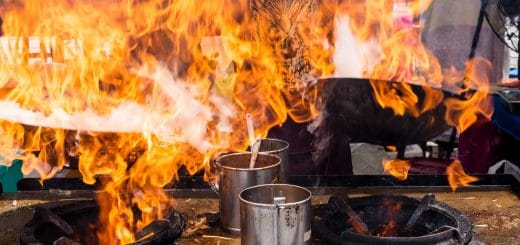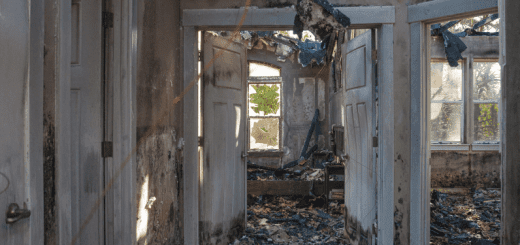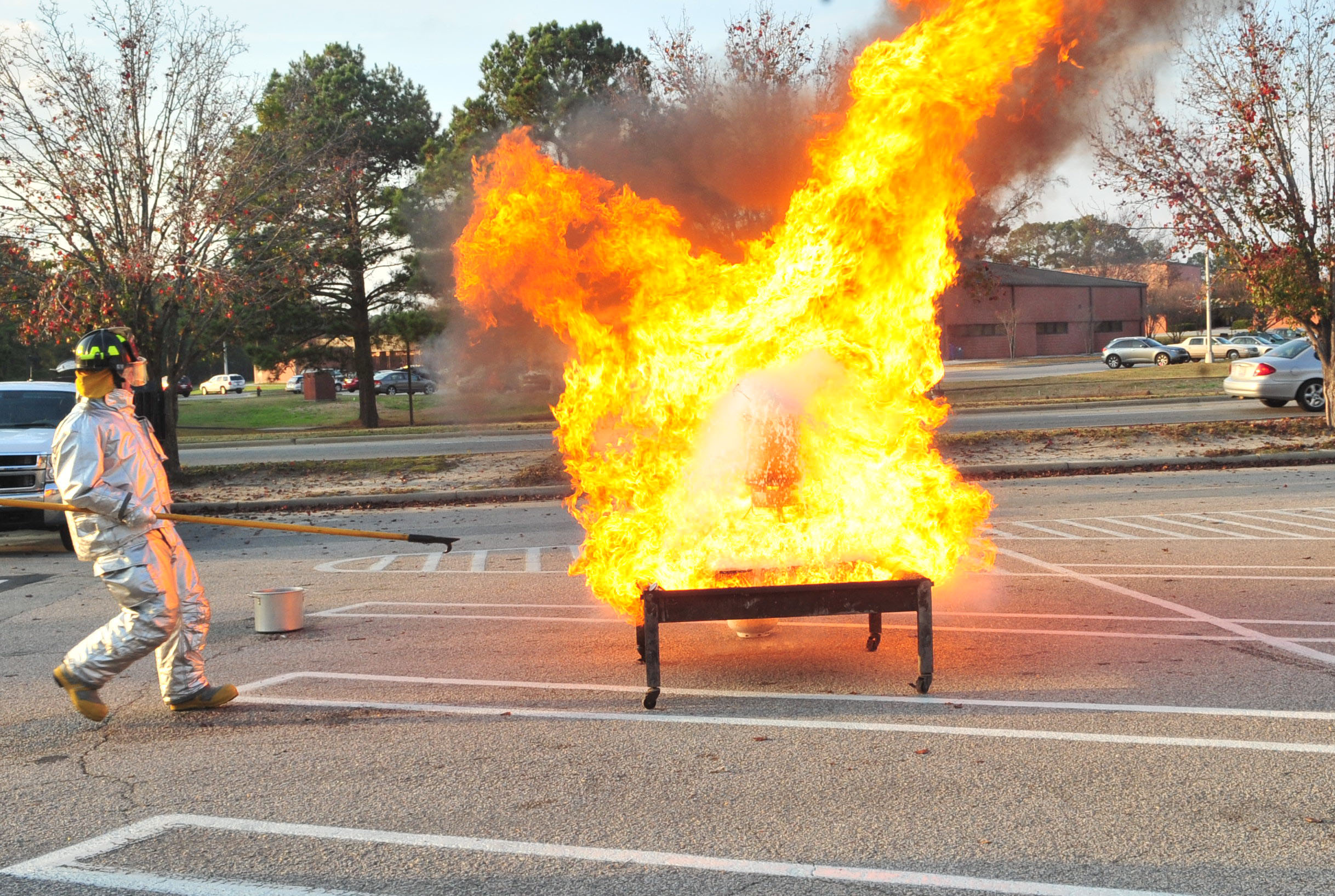How to Prevent Furnace Puffbacks in Your Home
Now that the cold weather has returned, you’ll likely be using your furnace frequently to keep your family warm and to heat your home to the desired temperature. However, with frequent furnace usage also comes an increase in the likelihood of furnace puffbacks. This is always a risk with older furnaces and heating systems powered by oil.
What is a Puffback?
A puffback occurs when a furnace misfires and causes an explosion of the unburned oil within the system. This explosion can sound very similar to a car backfiring. The misfires that leadLead is a heavy metal that can be toxic to humans, especiall... More to puffbacks are typically caused by either debris buildup in the furnace, unburned oil at the bottom of the chamber being ignited, or a delayed ignition that leads to fume build-up.
When your furnace has a puffback, it can come as several small puff backs or a single large, severe puff backA puff back is a release of soot and smoke from a malfunctio... More that releases sootSoot is fine black particles composed of carbon and other ma... More and smoke into the system and out of the vents.
The Effects of a Puffback
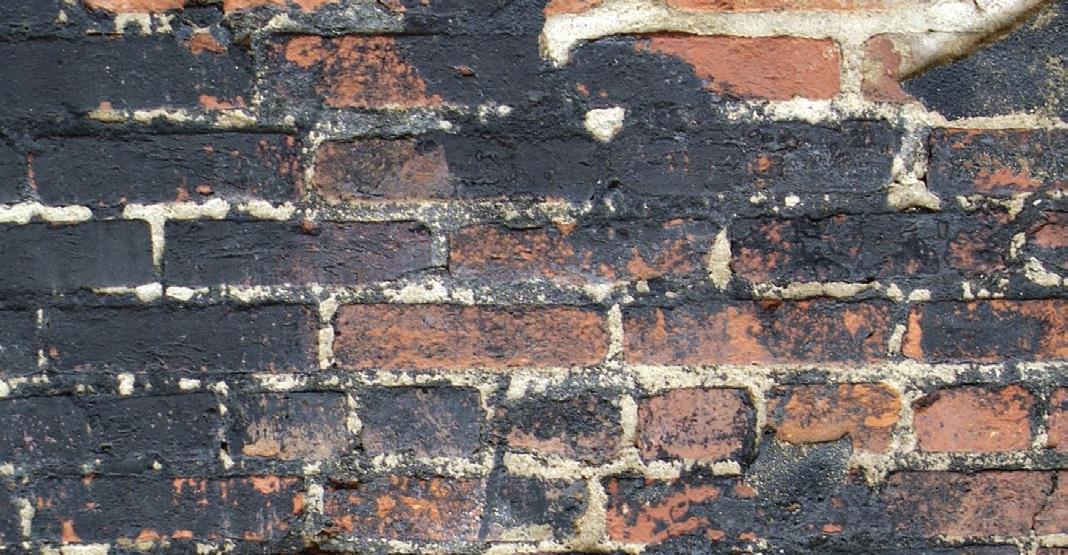
The effects of a furnace puffback can include permanent damage if action isn’t taken right away. But only professional products will be able to restore the structureStructure refers to the framework or components of a buildin... More properly.
Puffbacks can be damaging, because they have the ability to spread sootSoot is fine black particles composed of carbon and other ma... More throughout all areas of your home. SootSoot is fine black particles composed of carbon and other ma... More can cause damage to building materials like wood and drywall, furniture, and various objects within your home.
The damage caused by sootSoot is fine black particles composed of carbon and other ma... More can become permanent if the materials are not effectively treated. However, the resulting damage from sootSoot is fine black particles composed of carbon and other ma... More is difficult to address because it requires specialized soot cleanup. Puffbacks can also leave behind a foul smell in your home and cause damage to the internal components of your heating system, including the boiler.
Preventing Furnace Puffbacks
Knowing this, you will want to do whatever it takes to prevent furnace puffbacks. It will save you time and money in the long run by preventing damage to your home or heating system. As such, if you take the proper actions, furnace puffbacks can easily be prevented.
Use the following information as a guide on how to prevent furnace puffbacks in your home:
1. Get Regular Maintenance for Your Furnace
The more often a professional inspects your furnace and performs maintenanceMaintenance is the routine care, inspection, and repair of a... More on it, the quicker any problems can be found, addressed, and fixed. This maintenanceMaintenance is the routine care, inspection, and repair of a... More, which should be done at least once a year, also ensures the system is kept in good condition. If you have an older heating system that runs on oil, regular maintenanceMaintenance is the routine care, inspection, and repair of a... More is a must.
2. Have Your Furnace Cleaned Regularly
Regular cleanings will get rid of debris and excess oil buildup within the system that could otherwise cause puffbacks. The springtime is an ideal time to get your home’s furnace cleaned because it marks the end of heating season.
It’s better to get a cleaning done sooner rather than later in the fall as the cold weather approaches. The closer to winter you wait, the harder it will be because technicians could be busy with crowded schedules.
By getting your furnace serviced early in the fall, you will be ready to heat your home when the cold weather returns without fear of a puffback.
3. Be Alert for Leaks, Odors, and Noises
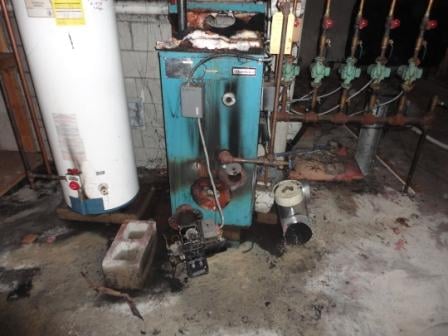
Be sure to hire a professional for complete puffback cleanup services if your furnace has backfired.
If your furnace is leaking oil, emitting odors, or giving off strange noises, these could all be signs that there’s a problem with your furnace. Oil leaks can be found near the furnace itself or at the furnace’s piping fittings.
In the event of an oil leak, you should contact a professional immediately to have the furnace inspected so any issues can be found and repaired.
4. Get a Carbon Monoxide Detector
When puff backs occur, the level of carbon monoxide in your home will increase. By getting a carbon monoxide detector, you can detect a puffback when it is in its early stages.
This will not only help you react quickly and prevent damage from a puffback, but also protect the health of those inside your home as carbon monoxide is quite toxic.
Hire a Professional
When you need maintenanceMaintenance is the routine care, inspection, and repair of a... More or cleaning for your furnace, the best action to take is to hire an HVAC professional. If a furnace puffback releases sootSoot is fine black particles composed of carbon and other ma... More and smoke into your home, you will need to call a different type of professional to handle the cleaning.
In the event that your home has been dirtied up by a furnace puffback, contact a restorationRestoration is the process of returning a property to its pr... More professional immediately for puffback cleaning services. These professionals will know how to properly clean sootSoot is fine black particles composed of carbon and other ma... More and other debris from your home and they have the proper cleaning products and equipment to restore furniture, building materials, and personal objects affected by sootSoot is fine black particles composed of carbon and other ma... More.
Reacting Immediately to a Puffback
The sooner the damage is addressed, the less total damage there will be from the smoke and sootSoot is fine black particles composed of carbon and other ma... More. Items and materials affected by sootSoot is fine black particles composed of carbon and other ma... More can become permanently damaged within a couple of days and the sootSoot is fine black particles composed of carbon and other ma... More will continue to spread to new areas until it is contained.
Preventing furnace puffbacks is the most effective way to prevent soot damage in your home, but a quick reaction will limit the damage when a puffback does occur.










